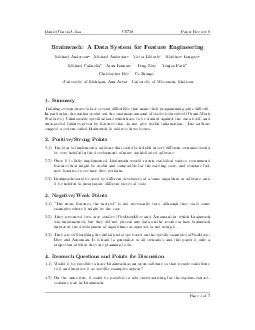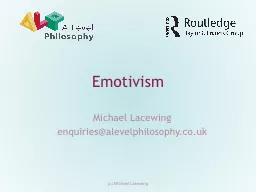PPT-Michael Wybrow, 23
Author : stefany-barnette | Published Date : 2017-08-31
rd April 2009 Scrolling Behaviour with Single and Multicolumn Layout Collaborative work with Cameron Braganza Kim Marriott Peter Moulder and Tim Dwyer Monash
Presentation Embed Code
Download Presentation
Download Presentation The PPT/PDF document "Michael Wybrow, 23" is the property of its rightful owner. Permission is granted to download and print the materials on this website for personal, non-commercial use only, and to display it on your personal computer provided you do not modify the materials and that you retain all copyright notices contained in the materials. By downloading content from our website, you accept the terms of this agreement.
Michael Wybrow, 23: Transcript
Download Rules Of Document
"Michael Wybrow, 23"The content belongs to its owner. You may download and print it for personal use, without modification, and keep all copyright notices. By downloading, you agree to these terms.
Related Documents














